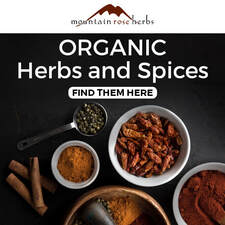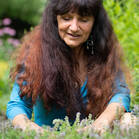My Herbs Blog |
|
Alfalfa- A Nutritive Herb Known as Medicago sativa by the herbal enthusiast. This plant is a deep-rooting perennial with numerous small clover-like spikes of blue or violet flowers. The herbage is green and succulent and has often been used as an agricultural crop for livestock. It yields 2 abundant crops in a growing year, and is relished by horses and cattle alike, containing enough nourishing properties to fatten the animals and enrich their milk. Just as alfalfa can add weight to animals, it is also useful for people who are undernourished. To increase body weight, make an infusion of 1 oz. of herb, to a pint of water and drink in full cup amounts. 1 Also known as lucerne, alfalfa is native to Iran. Alfalfa is thought to have been introduced to Europe during the Persian invasion of Greece in 491 CE, and introduced to China in the 2nd century BCE. In Europe it was used in times of hardship and food shortage such as during the Spanish Civil War (1936-1939). This plant has a disposition that allows it to grow in many countries worldwide, and in a variety of climates. It does grow best, however in warm temperate and cool subtropical regions. Alfalfa is a member of the clover family and has leaves with 3 oval leaflets. In the summer it is identified by its blue/ purple flowers.2 In ancient China the people thought “what is good for your cattle is good for you, too.” The Chinese people fed their animals alfalfa, which was enjoyed so enthusiastically, that the vegetable was soon incorporated into their diet and physicians were using it to stimulate appetite and treat digestive problems. In ancient India, traditional Ayurvedic physicians also used alfalfa for ulcers, as well as arthritis pain, and fluid retention. The ancient Arabs fed it to their horses- which made them ‘swift and strong.’ They called alfalfa al-fac-facah, meaning “father of all foods.”3 Spain brought alfalfa to the Americas, where it became a very popular forage crop on the Great Plains. The pioneers believed that if it was good for the cattle, it would be good for the people too. Alfalfa was utilized to treat arthritis, boils, cancer, scurvy, and urinary as well as bowel problems. After the Civil War, alfalfa fell out of favor as a healing herb, and it took nearly 200 years for it to reemerge as a salad item during the health movement of the 1970’s.4 I remember as a child my mother use to sprout alfalfa seeds in a jar. I loved to watch the little seeds spring to life and found them quite enjoyable mixed into my salads. As a young woman, I would often buy sprouts in the super market, but they never tasted quite as good as when sprouted at home. When my own children came along, I began sprouting seeds with them. I think there is something fascinating for children, especially, to see a plant spring forth, from a tiny seed. My oldest son in particular loves sprouts, and I have often found that if a person is especially fond of a certain herb, good chance that they really need it in their diet. He will eat an entire jar of sprouts by himself, without any dressing. “Make Your Own Sprouts” - A mason jar - A small screen top or some cheesecloth - Alfalfa seeds (you can also sprout many other seeds) - Distilled water - A cool cabinet space In the mason jar, fill a baseline amount of seeds at the bottom of the jar. I would pour maybe ½ inch or less of seeds into the jar. They will really “sprout!” Fill the jar about halfway with water and let the seeds sit in the water over night. Take the screen or cheese cloth and drain the water. Rinse the seeds one time with more water, and then drain. At this point you can place a piece of cheese cloth on the top of the jar and let the seeds sit overnight. The next day, you want to rinse with water again, so the seeds to do not dry out too much. Drain the water, and let the jar sit again. Continue and repeat for 3-5 days. You may need to check on the seeds. If they are getting to dry during the day, and if so, rinse twice a day. The sprouts will continue to grow and grow. When the jar is filled with sprouts, you can then transfer the little plants to another container to store in the refrigerator. Use immediately and try to eat all of them within a week. They can get soggy or spoil if you keep them too long. The leaves of Alfalfa, called Lucerne in Europe are rich in protein, calcium and other minerals, vitamins A, the B-group, C, D, E and K as well as 8 digestive enzymes. This plant has been well researched, compared to other herbs, and modern research has found that it is really beneficial for controlling cholesterol levels. According to Desk Reference to Nature’s Medicine, “reductions in blood levels of total cholesterol and low density lipoproteins have been reported in animal studies and in a small number of human cases.” There have also been several studies with animals reporting reductions in arterial cholesterol plaques also. A small number of animal studies report that alfalfa may also reduce blood sugar levels. Although research has been promising, more data is needed to elicit more conclusive evidence of its efficacy.5 In Rosemary Gladstar’s book Herbal Healing for Women, she exhorts expectant mothers to pay attention to “fixing” poor dietary habits, which are more than likely the cause of fatigue during pregnancy. She continues to explain that a growing baby needs a tremendous amount of nourishment. If the mother’s diet is not rich enough, than the nourishment will come from her own reserves. She shares an incredible tea that can be safely drunk every day and supplies the mother with the iron, calcium, protein and other trace minerals needed for a healthy pregnancy. She calls it “Uplifting Tea” and it contains raspberry leaf, nettle, peppermint, alfalfa, squawvine, and ginger root.6 Tea inspired by Rosemary Gladstar’s “Uplifting Tea” 2 parts raspberry leaf 2 parts nettle leaf 4 parts peppermint 1 part alfalfa 1 part yarrow ¼ part ginger root dried Instructions: Mix all the herbs together in a sealable container, like Tupperware. For every quart of water, use ¼ cup of the herb mixture. Boil your water on the stove. Add ¼ cup of the herb mixture when the water has reached a boil. Immediately remove from the heat and cover for 10 minutes. Strain and serve with Almond milk and honey. *Drink 4 cups a day. Taking the time to sit and enjoy a cup of tea is a great way to slow down the fast pace of modern society. I have often heard mothers tell me that they do not have time to make tea, let alone sit and drink it. I often run into people who want the quickest, easiest solution and health does not work that way. The ability to manage stress, slow down, breath and calm the mind can do just as much for the body as the nutrients in a cup of this alfalfa tea. I have faithfully incorporated alfalfa into my diet for years, especially during the years I was pregnant. My favorite method for taking alfalfa is in powder form, and mixing it with almond milk. Typically, I will add a teaspoon of the powder into a teacup and cover with ¼ cup of almond milk and mix well. Sometimes I add a few drops of vanilla and molasses. Vanilla is for the taste, and molasses for the high iron content needed to keep pregnant mothers from the troubles of anemia. I will then drink this in the morning and it always give me extra energy for the day. My daughter who is now three loves the taste of alfalfa, and when I mix this special drink, she will drink it with a straw. I like to give this to her because she is petite, and alfalfa can add some extra weight. I am confident that she is getting her needed nutrients with this daily dose. The following is a simple recipe made from trial and error. There is always the challenge of getting people, especially children to take herbs because many of the medicinal herbs are bitter, and not naturally sweet. Alfalfa has a definite grass-like taste, and can be pleasing when you are used to it. I so not use animal milk products, and have found that almond is my favorite for “masking” the alfalfa flavor. However, I have also tried hemp milk and flax milk which are equally delicious. The blackstrap molasses is another nutritive food that can be very strong and overpowering. This too becomes mild when mixed with the milk, and vanilla just makes everything taste good. Morning Alfalfa Drink: -Tablespoon Alfalfa powder -½ cup Almond milk -1 teaspoon Blackstrap molasses -3 drops pure Vanilla extract Mix all the ingredients thoroughly in a cup or mug. Drink first thing in the morning, before starting the day. This drink can be modified or blended with frozen fruit to make a smoothie. I prefer it though, this simple way. Alfalfa is one of the most mineral- rich foods known to man, and that is because the roots can grow as much as 130 feet into the earth. It is exceptionally high in chlorophyll as well enzymes, amino acids, and carbohydrates. The minerals are in a very balanced form, as opposed to laboratory made multi-vitamins from hard mineral/ non-plant sources. This allows for easy absorption, alkaline action and neutralizing effect on the intestinal tract. Some of the conditions helped by alfalfa have been arthritis, ulcers, gastritis, liver disorders, eczema, hemorrhoids, asthma, constipation, body odor, bleeding gums, athlete’s foot and even cancer. If you have never used natural supplements, or herbs there can be a hesitancy or concern when incorporating for the first time. My suggestion is to find a local health food store, herbalist, or natural doctor for recommendations on obtaining herbs like alfalfa. I strongly discourage buying herbal products from chain stores, and big box locations. The product quality is not the same, and thus the effect of the herb is greatly diminished.7 Smoothies are exceptionally popular and can be a very good way to consume your daily nutritive needs. There can be a tendency to add to much sweetener and I try to avoid that in my own recipes. Instead I depend on the natural sweetness occurring in the fruits added to the blended mix. For this recipe, I recommend using fresh alfalfa sprouts, especially for people who are not fond of sprouts in salad or alone. The flavor can be effectively masked by the other ingredients. I always urge people to be creative about their methods of incorporating herbs. The goal is to eat them, and I am not too particular in how that is accomplished, but I try to create as many tasty options as possible for myself and others. Super Green Smoothie -1 cup full fat coconut milk -1 cup pineapple juice -1/2 cup frozen strawberries -2 Tablespoons chia seeds -1/2 cup alfalfa sprouts Blend all the ingredients until smooth. If the smoothie seems too thick, add a little almond milk until you have a creamy consistency. You can garnish with a sprig of peppermint, and sip with a straw. This drink is perfect on a warm day. It cools the body and reenergizes at the same time. The alfalfa sprouts are very easy to digest and assimilate and will have a tonifying effect on the digestive system. As an herbalist, or plant enthusiast, it is important to well versed in the knowledge of plants that aid the body in correcting organ systems, and herbs that nourish the body. Dr. Christopher calls it “cleanse and nourishing.” Alfalfa is one of those herbs that nourishes the body, and works markedly well if the body is in good and healthy condition. The more you take care of your own vessel the more able a plant is to make small adjustments, corrections and improvements on the health of an individual. We must take the time to cultivate an ongoing relationship with plants and nature and to develop a harmonious attitude towards what nature has provided for our benefit. 1 Grieve, Mrs. M. “A Modern Herbal, Volume 2.” Dover Publications, (1982): 501-502. 2 “Edible: An Illustrated Guide to the World’s Food Plants.” National Geographic, (2008): 182. 3 Castleman, Michael. “The Healing Herbs: The Ultimate Guide to the Curative Power of Nature’s Medicines.” Rodale Press, (1991): 37. 4 Castleman, Michael. “The Healing Herbs: The Ultimate Guide to the Curative Power of Nature’s Medicines.” Rodale Press, (1991): 38. 5 Stephen, Foster and Rebecca L Johnson. “Desk Reference to Nature’s Medicine.” (2006): 12-13. 6 Gladstar, Rosemary. “Herbal Healing for Women.” Simon & Schuster, (1993): 186-187. 7 Balch, James F. and Phyllis A Balch. “Prescription for Nutritional Healing 2nd ed.” Avery Publishing Group, (1997): 73.
4/4/2021
7 Herbs for Mom's and Kids I am a mother, and momma of 5 children. Each of my children has helped me to develop a greater sense of love and connection to the healing plants given to us. Just like every child is different with his or her unique sensibilities, so too are all the herbs. They are like little children with personalities, qualities, and abilities that really makes it hard to favor one over another, but rather to love them all equally, as I do with my own children. |
AuthorJenel Schaffer Videos on YouTube Archives
April 2021
CategoriesAll Art & Healing Books Dried Herbs Fresh Herbs Gluten Free Herbal Beauty Herb Consultations Homeschool Positive Mind Recipes Root Herbs Self Care Spirit Tea Watercolor |

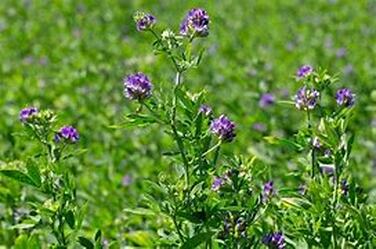
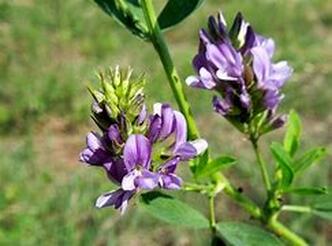
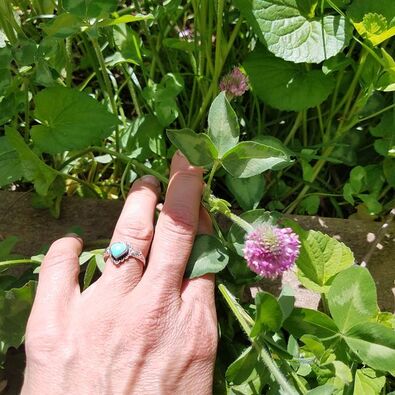
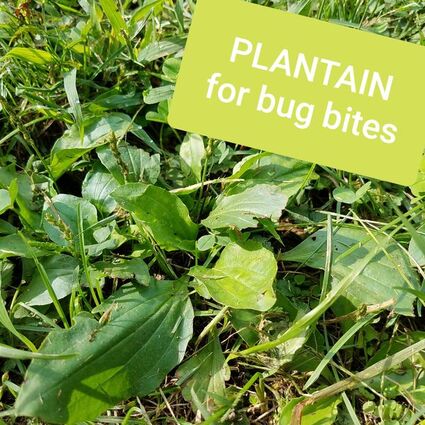
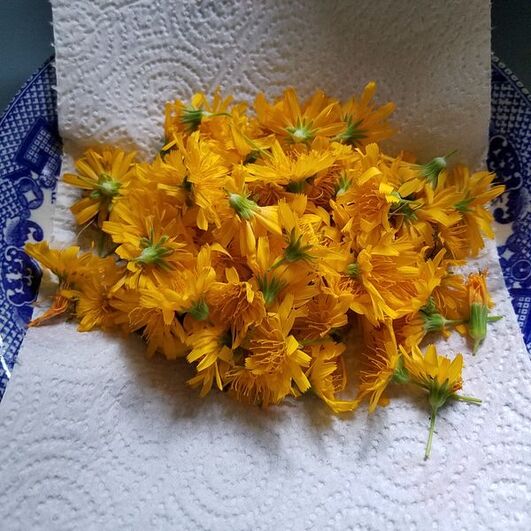
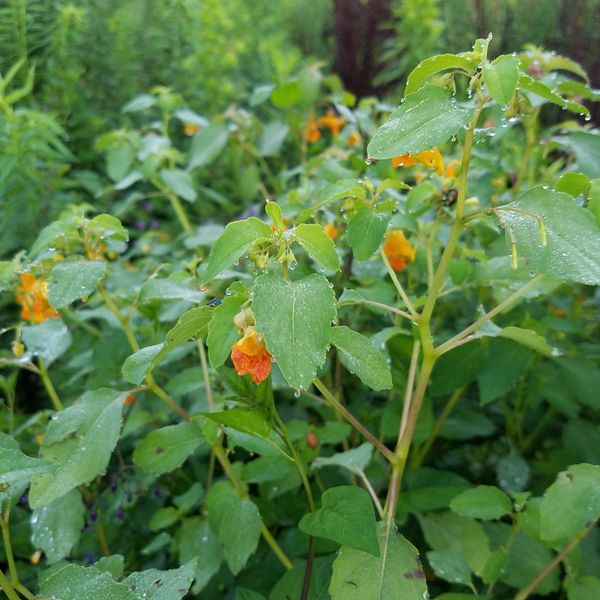
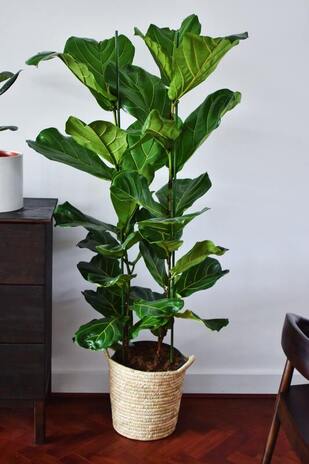
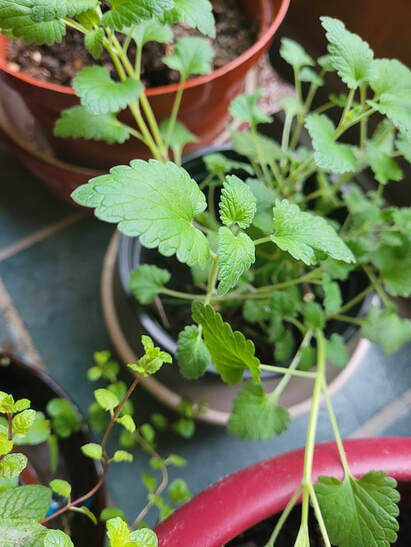
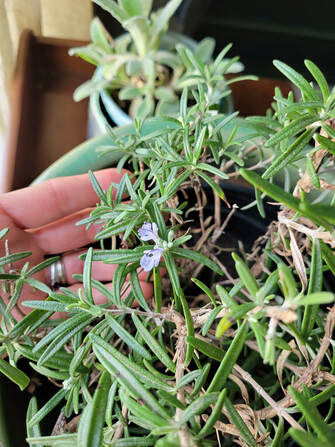
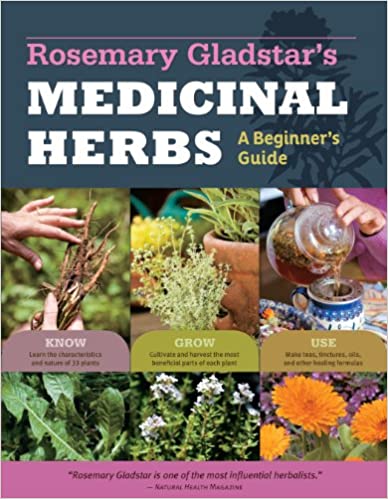
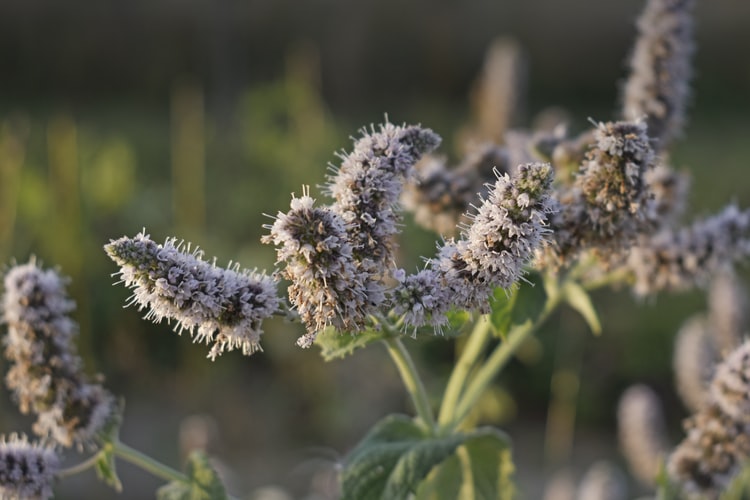
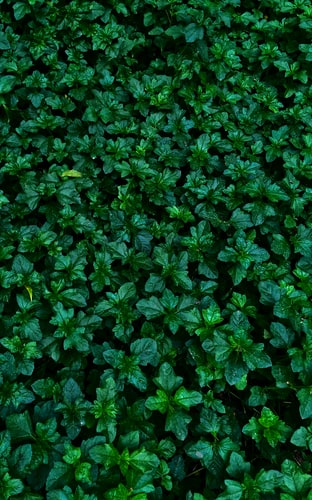
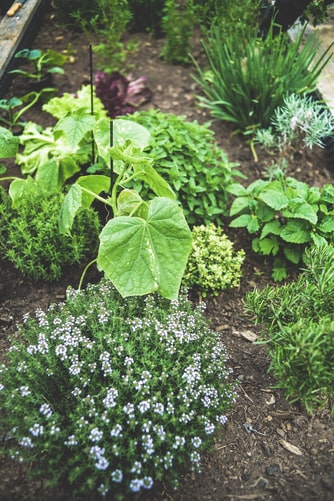
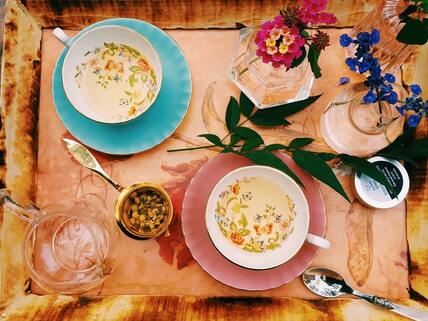
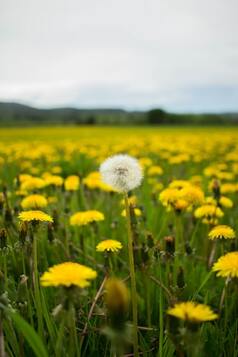
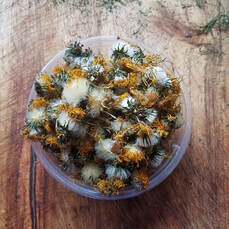
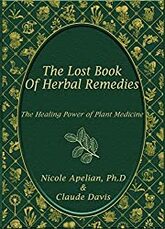
 RSS Feed
RSS Feed

